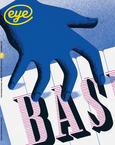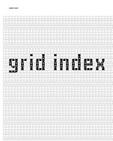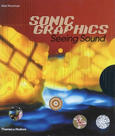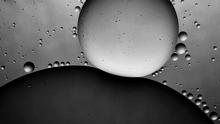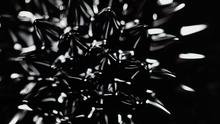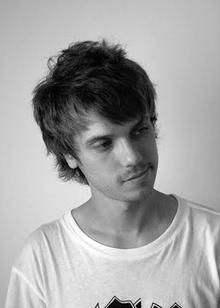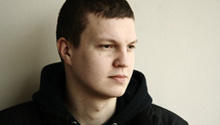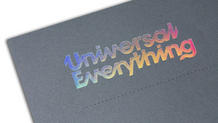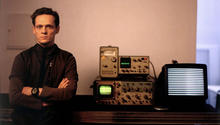Susi Sie
(1982) is a visual artist based in Cologne, Germany. She studied Video Art at the Academy of Fine Arts in Maastricht, then spent several years at a creative agency in Cologne, and today works as a freelance editor and cinematographer.
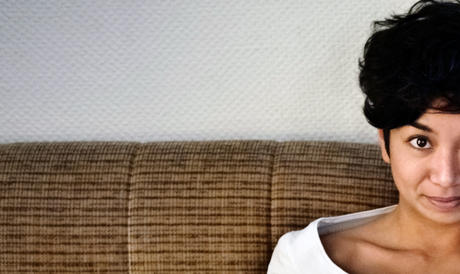
Susi Sie's films, ranging from documentary to animation and experimental short, have played at the International Short Film Festival Oberhausen, Vienna Independent Shorts, Video Festival Bochum, Backup Film Festival in Weimar and SHNIT International Short Film Festival.
She was honored with the International Competition and the Jury Award at Bochum Video Festival 2011 for The Way Back and the Airbed Movie Award at Vienna Independent Shorts 2011 for FLOAT.
Strictly applying hand techniques and not employing any computer animation processing or effects, Susi Sie’s haptic and detailed work is above all a highly personal study of the genuineness, perception and authenticity of things.
Source: Susi Sie's website
